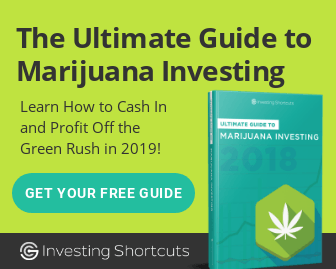
Market conditions constantly change. Increased market volatility, or mathematically measured fear, is neither a good nor bad event. Some investors argue that higher volatility means larger potential market movements for profit opportunity.
A high volatility environment like we just experienced or in the fall of 2008 means trading strategies may change as conditions dictate. A buy and hold strategy could subject investors to wide dollar swings in uncertain times. In addition to assuming larger risks than under less volatile times, it’s emotionally very difficult to manage a position while under duress. Depending on time horizon, it may be difficult to ride out significant market downturns.
Investment protection is available for a cost.
Some other strategies can minimize position risk and take advantage of market conditions. Under times of great volatility, protective options on a stock position are much more expensive in relative terms. Much like hurricane insurance immediately after a major storm, premiums are high to protect investments. For some, that increased cost for protection is fine because they have quantified their downside and use the option instead of a stop loss for money management purposes. Risk must always be controlled for investment success especially in times of extreme share price movements.
With this high cost of protection an opportunity is created to use the fattened up option premiums for your advantage. Creating a collar or financing that put option by selling a call uses the high volatility conditions in your favor while limiting upside potential. The end result is placing a floor below for protection but giving up some potential gains. The trade off has to be appropriate for individual risk reward comfort.
Another strategy to decrease the cost basis of your investment is a covered call. A word of caution, make sure to have a catastrophic exit strategy to close out the whole position if the situation arises where the stock losses significant value. The reality of the amount that you receive for selling a call against your stock may be minimal in comparison to a dramatic downward move.
When you initiate a covered call, calculate the return for both the possibility of being called out of your stock and having the option expire worthless. Both can be positive events, and you should be prepared for either. Being called out and having your stock taken away limits profit potential while the expiring option allows you to keep the premium. When that occurs you are free to initiate a covered call on another month.
Again, caution must be taken with Covered Call plays. It is a good idea to set a floor at or below your basis cost for unwinding of the position and minimizing losses. The covered call that was sold may need to be bought back and the stock exited to close the whole position. The option side cannot be neglected because once the stock is gone the potential for unlimited risk exists if the call is not closed.
In summary, strategies exist to minimize risks in any conditions. Proper money management is necessary for long term success. For some, extreme conditions limit opportunities but others reach into their toolbox and select proactive strategies for whatever is happening in the markets.










